04 Feb How to build raised beds to grow your own food
It’s fast approaching the time of year to be thinking about establishing a vegetable garden. Here are our top tips on building raised beds to grow vegetables, fruit, and flowers.
- Position your raised beds carefully
- Consider how big they should be – length, width and depth
- Choose materials carefully – you want your raised beds to last for many years
- Leave enough space between them for you and your wheelbarrow
- Soil type is important!
- Not a confident DIY’er? Get professional help, it will save you time, money and hassle in the long run
The Holland Landscapes team building a vegetable garden with a view.
This is a project in West Mersea designed by Karen Chamberlain Garden Design.
Why raised beds?
Raised beds have many advantages over growing veggies at ground level. Because they have six surfaces (top, bottom, and 4 sides) the sun can start warming the bulk of the soil far quicker than it warms the ground. This means that raised beds extend the growing season.
If you need to protect your crops against scorching sunlight, frost, or flying pests, it’s quick and easy to build a frame and drape it with an appropriate material.
You have 100% control over the type of soil in a raised bed. If your “normal” garden soil is not ideal for veggie growing, you can import something more suitable.
No soil compaction – this is important! Because you have no need to step on the soil in a raised bed, you won’t damage the soil structure.
Works well with no-dig systems. With a raised bed, you can add compost or mulch to the top of the soil and the worms will aerate the growing media. Work with nature not against her.
Avoid waterlogging in winter. Raised beds are so much better drained than bare ground. In parts of the UK that are prone to flooding and waterlogging, raised beds allow gardeners to start work earlier in the season.
For some reason raised beds seem to be easier to maintain and keep tidy.
Where to build your raised beds
Arguably, the most important thing to think about is WHERE to build raised beds in your garden. Ideally, they should be in a nice sunny spot, fairly close to the kitchen door so that you can go from plot to plate in record quick time.
Another consideration is water – in a dry summer, how will you keep your crops hydrated? You might want to install an irrigation system – or at least have an outdoor tap nearby.
Good ventilation is crucial – many fungal crop diseases thrive in warm, moist conditions. On the other hand, cruel winds can damage your vegetable plants.
How will you access your raised beds? Is there a path to the veggie patch or will you be tramping across (and potentially damaging) the lawn?
Is your veggie garden at risk from flying footballs and digging dogs? How will you protect your precious plants from the perils of everyday garden users?
Does your garden slope? You may want to think about recontouring and perhaps combining raised beds with retaining walls and terraces.
Finally, aesthetics. How will your raised beds look in relation to the rest of your garden? Will your patio be less relaxing if it is surrounded by cabbages? What do you want to see from your bedroom window? Can you grow edible flowers (aka a potager) amongst the veggies to make your raised beds prettier?
It’s well worth mapping out your veg growing area on a piece of paper before you start work. If in doubt, seek advice from a garden designer or a landscaper. The team at Tapestry Design Studios are very helpful.
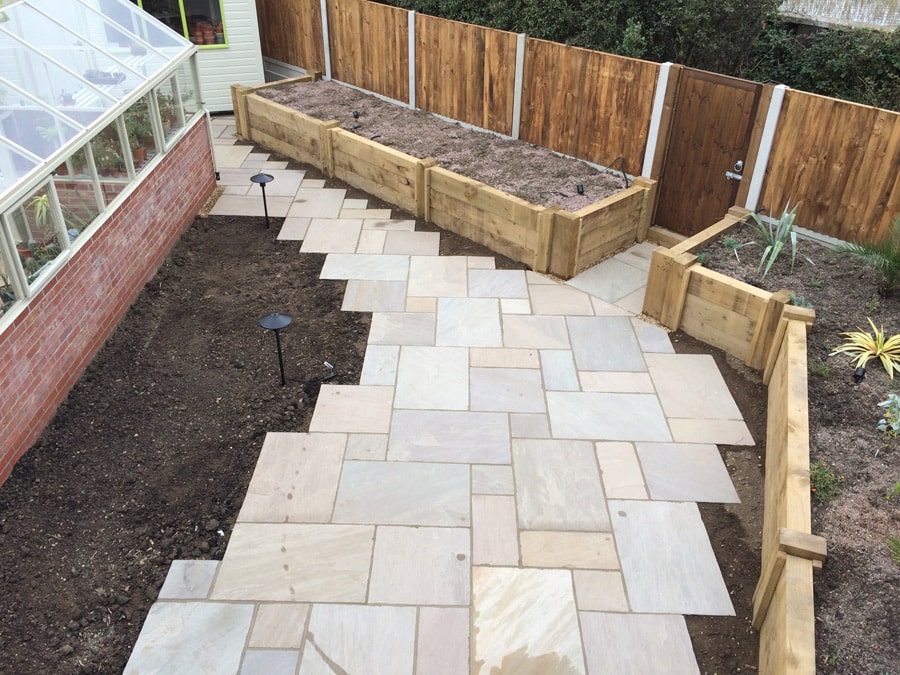
A kitchen garden for all year round. With raised beds, all-weather paths, greenhouse, irrigation, and lighting. Just around the corner is a sturdy potting bench.
Ideal size for raised beds
In my experience, a raised bed should be no wider than 1.2 metres (4 ft). At that width, you should be able to reach right into the middle of it without stepping onto the soil. If you don’t have access to the front and back of the bed (for example if it is beside a wall), make it 60cm wide.
There’s no need to stick with squares, your raised beds could be rectangular, triangular, oval, circular or even “U” shaped.
Most veggies only need 15cm of soil or less to grow in. So it’s OK to build quite shallow raised beds. However, if your back grumbles about being asked to bend down, or if you use a wheelchair, make them deeper. If you are planning on growing tall plants like raspberries or climbing beans – bear in mind that you will need to reach the top of the plant to harvest your crops.
Suitable materials
A raised bed that is 1.2 m wide, 1.2m long, and 60cm deep will need 0.9 cubic metres of soil to fill it. That’s roughly 1 tonne….more when it’s sodden. Make sure your construction is strong enough to keep all of that soil where you want it to be.
Oak sleepers are fabulous for building raised beds. They’re robust, attractive AND you can perch your backside on them while you enjoy a cup of tea.
Brick walls, stone walls, and rendered walls are very attractive. These also have the added advantage of being sun-storers. A stone (or brick) wall will absorb heat from the sun during the day and release it slowly at night time. This helps to warm the soil and keep it at an optimum temperature for growth 24/7. Victorian walled gardens used harnessed this super-power to grow exotic fruit in chilly old England.
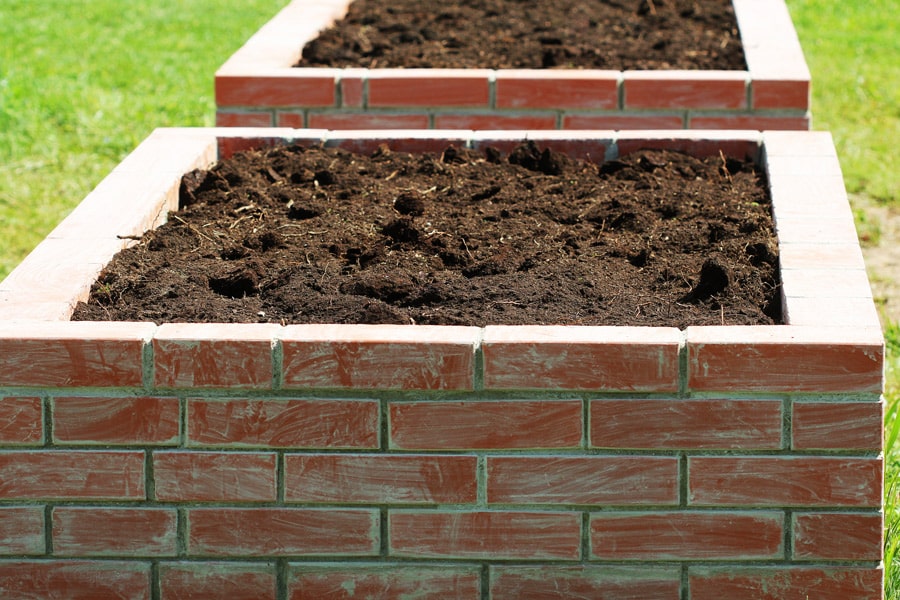
Nice neat raised beds (Not our work). It would be easy to build a matching outdoor kitchen and/or water feature to create a stunningly beautiful productive garden.
The best soil for raised beds
Soil is the magic ingredient for making your fruit and veg plot productive. It needs to be well-drained yet water retentive. Nutrient-rich, but not so rich that you get all leaves and no fruit. And also free of large stones, weeds, and toxins. A fairly neutral pH will suit most plants. However, if you want to grow ericaceous fruit like blueberries you will need specialist soil. (I grow mine blueberries in big pots rather than raised beds)
Whatever you do, don’t think about re-using the soil that you’ve got left over after digging a pond or footings. The chances are it will be subsoil which is no good at all for growing anything. It won’t even grow weeds! Always buy from a reputable soil supplier – no matter how tempting it is to buy cheap “soil” from a local builder.
What do raised beds cost?
There are numerous raised beds kits available to buy online, but if you want a bespoke built vegetable garden – even if you are building it yourself, there will be costs to consider. I think of it as an investment. You’ll never be able to grow food as cheap as you can buy it – farmers and growers benefit from being able to bulk buy seeds and fertilisers. However, nothing – and I mean nothing – tastes as good as food that has gone from straight from the plot to the plate. Plus, by growing your own you’ll have total control over things like pesticide use and the varieties you grow.
Please bear in mind, that a sturdy raised bed will need four walls, footings and if using bricks or blocks, a double row in order to withstand the weight of the soil. The cost will vary according to where you are in the country and how much extra labour you need, but as the old adage goes “buy it cheap and you’ll buy it twice”.
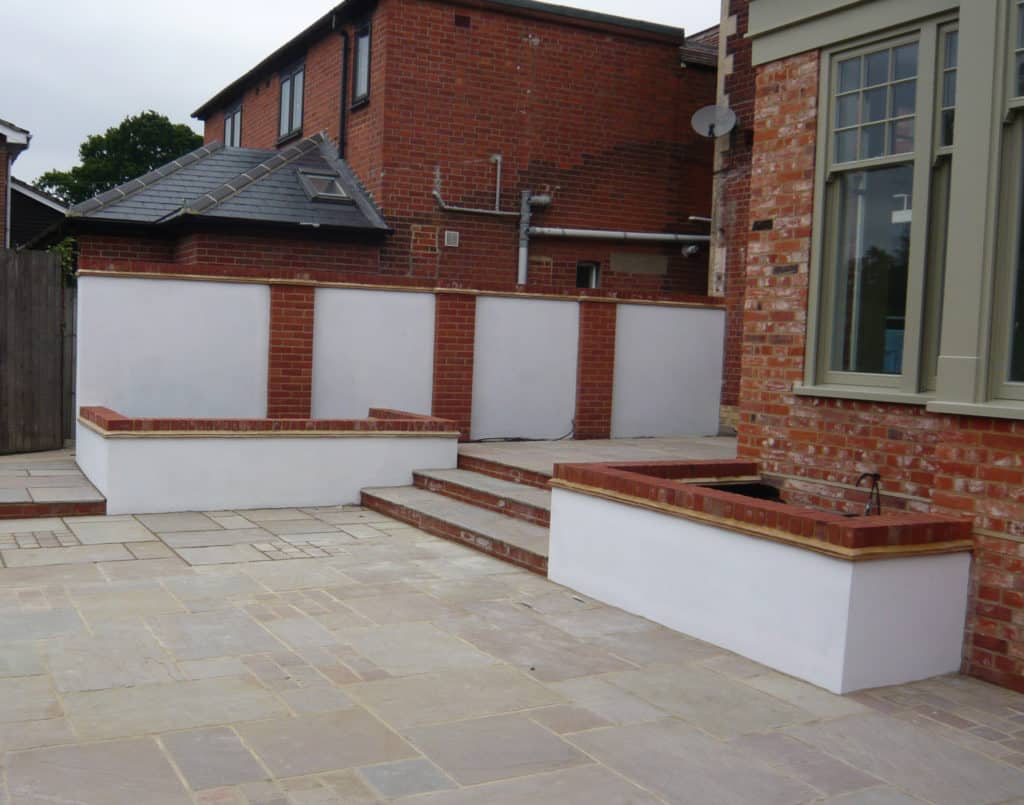
These raised beds have been rendered so that they truly enhance the patio area. Notice too how they work beautifully with the changes in level in this garden.
These will also be ideal for growing herbs or flowers. Design by Karen Chamberlain
Professional help to build your raised beds
Of course, if all you want to do is get outside and start growing, you’ll likely need professional help to design and build your productive garden.
The Holland Landscapes team has oodles of experience at building raised beds and greenhouse bases in Suffolk and Essex. We’re also a dab-hand at designing and installing irrigation systems.
Get your garden off to a good start by contacting us for a quote. We’re here to help.
Reading this from elsewhere in the UK? Click here to find a reputable landscaper in your area
Read these related articles
How to create a vegetable garden



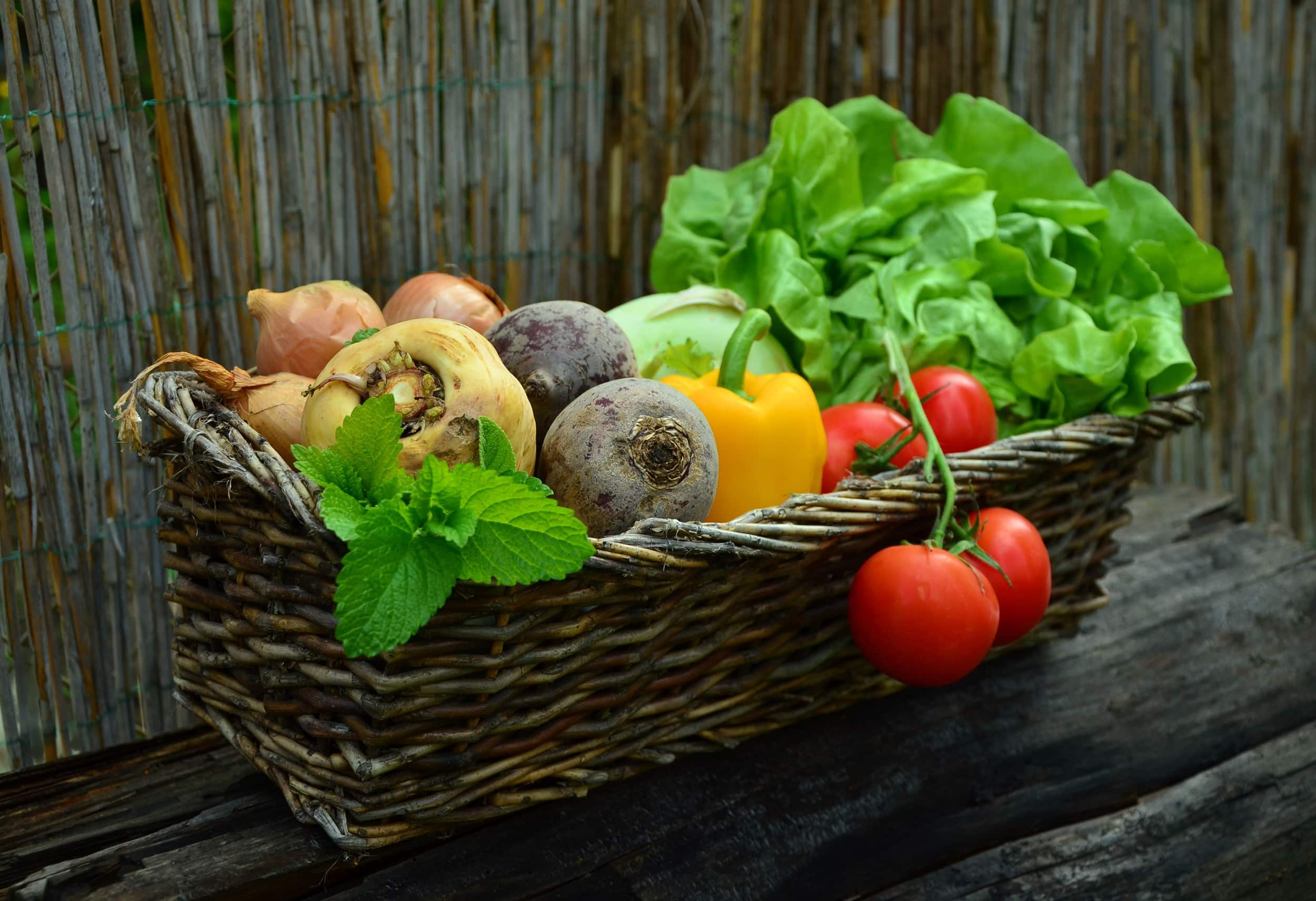
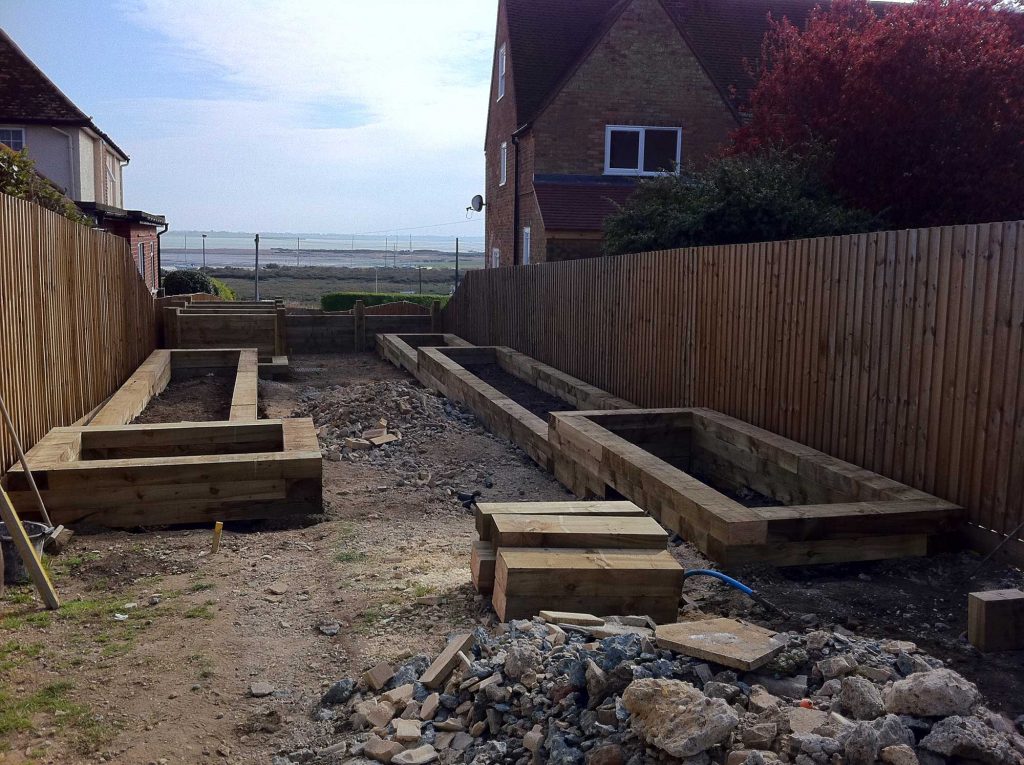
Sorry, the comment form is closed at this time.